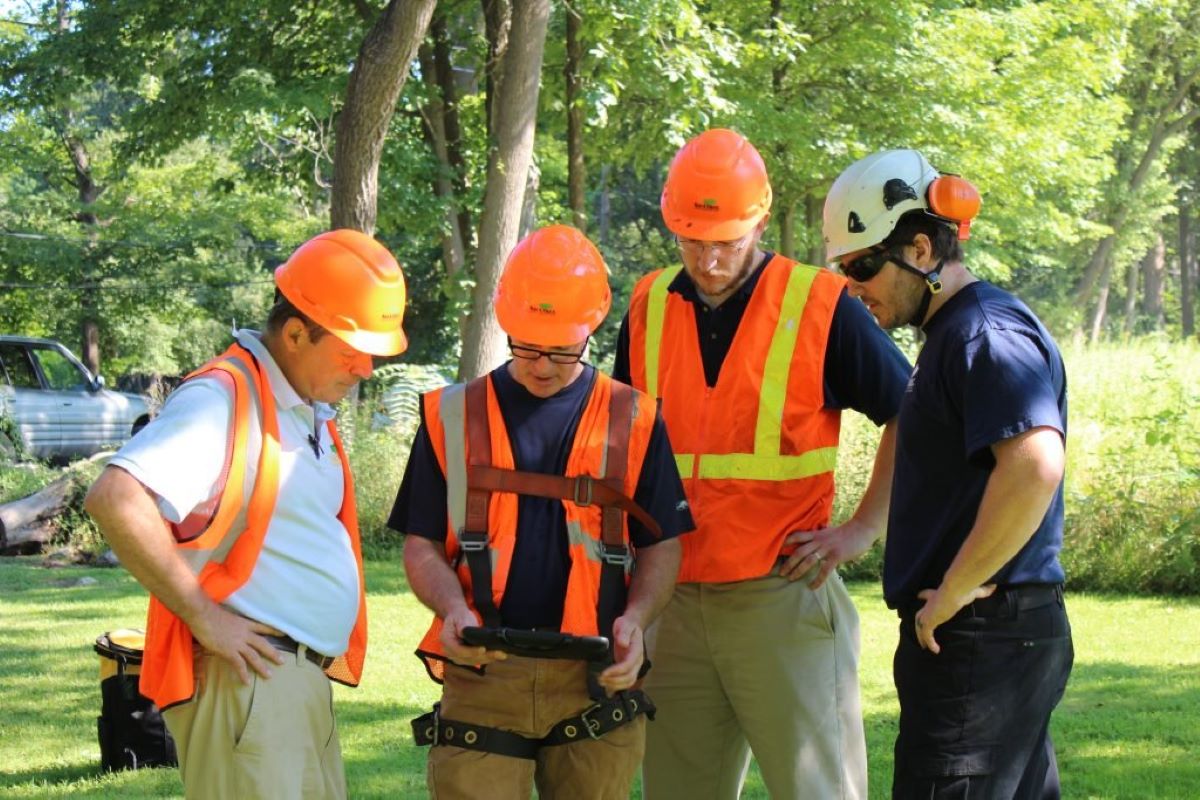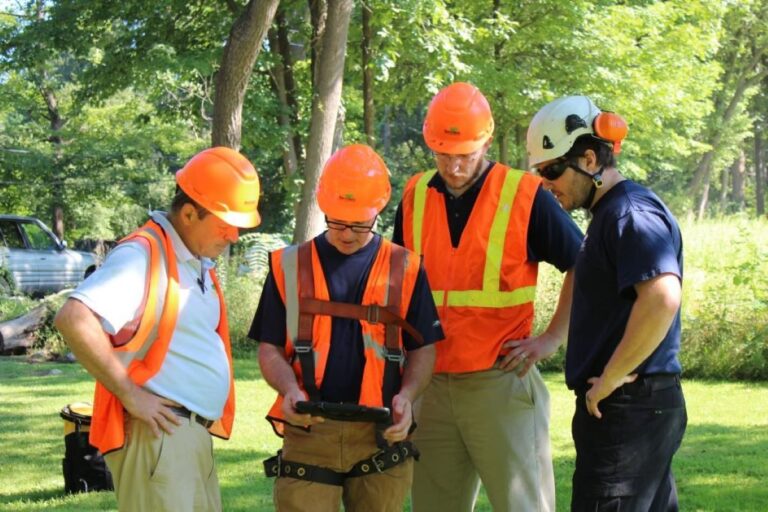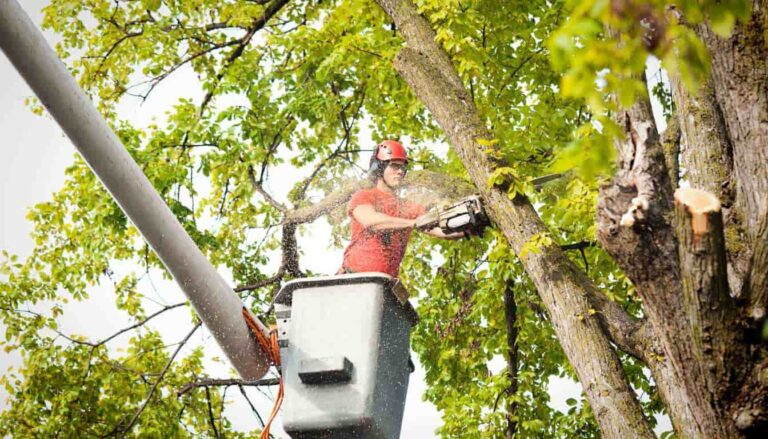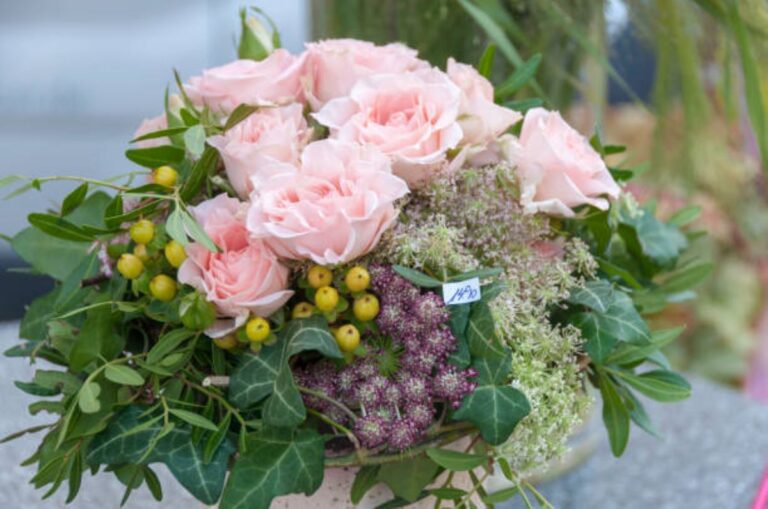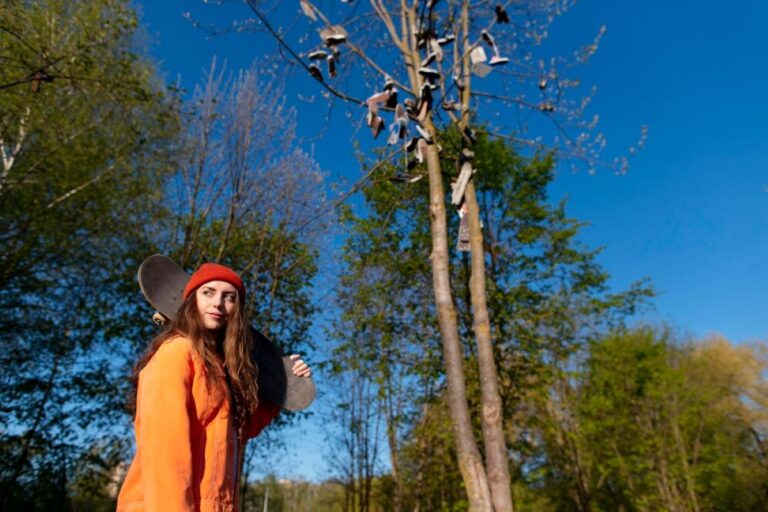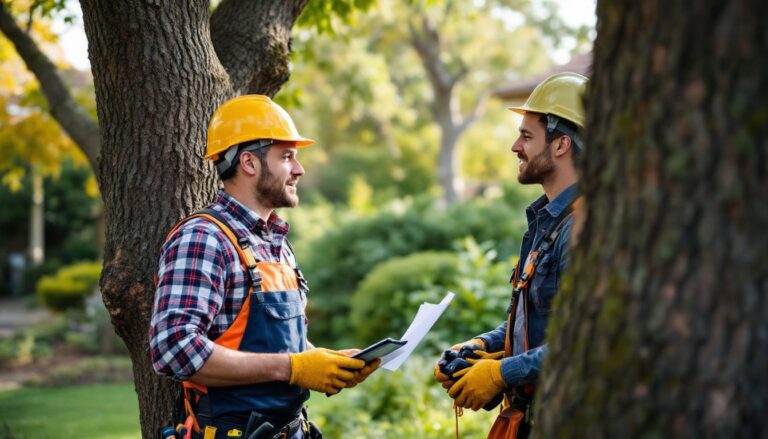Tree Lopping vs. Pruning: What’s the Difference and Which Do You Need?
Trees are an essential part of any landscape — they provide shade, improve air quality, increase property value, and add a natural beauty that no man-made structure can replace. But trees don’t take care of themselves. Like any living thing, they need routine maintenance to stay healthy and safe.
When it comes to tree care, two terms often pop up: tree lopping and pruning. Although people tend to use them interchangeably, they are not the same thing. Understanding the difference between the two — and when to use each — can make all the difference between a flourishing tree and a struggling one.
Let’s explore the key differences between lopping and pruning, their respective benefits, potential risks, and how to know which one your tree actually needs.
What Is Tree Lopping?
Tree lopping involves removing large portions of a tree’s branches or limbs, often to reduce its size, reshape it, or eliminate overgrowth. It’s usually a more aggressive approach than pruning, and it can dramatically change the tree’s appearance or structure.
Lopping is typically used when:
- A tree has grown too large for its space
- Branches are interfering with structures or power lines
- There’s a need to reshape or redirect future growth
- Parts of the tree are dead or damaged
Unlike fine pruning, which focuses on detail and selective cuts, lopping removes larger sections — often for safety or size control rather than aesthetics.
What Is Tree Pruning?
Pruning, on the other hand, is a more delicate and strategic process. It involves trimming specific parts of the tree, like dead or diseased branches, to encourage healthy growth, improve structure, and enhance appearance.
See more: Tree Removal Company Services: What to Expect and When to Call
Pruning is essential for:
- Removing deadwood or pest-infested branches
- Improving air circulation and sunlight penetration
- Shaping young trees for balanced structure
- Stimulating flowering or fruit production
It’s usually part of routine tree care, done regularly to keep trees in their best condition.
Key Differences at a Glance
| Feature | Tree Lopping | Tree Pruning |
|---|---|---|
| Purpose | Size reduction, hazard removal | Health, shape, and aesthetics |
| Technique | Large cuts, often entire branches | Precise, strategic trimming |
| Frequency | As-needed (less frequent) | Routine (seasonal or annual) |
| Impact on Tree | Can stress the tree if overdone | Generally promotes growth and vitality |
| Common Use Case | Safety near power lines or buildings | Encouraging bloom or removing diseased wood |
Why the Difference Matters
Choosing between lopping and pruning isn’t just a matter of preference — it’s a decision that affects the long-term health and safety of your tree.
If you lop a tree when pruning would suffice, you risk:
- Damaging the tree’s natural shape
- Weakening structural integrity
- Triggering unbalanced or excessive regrowth
- Leaving open wounds vulnerable to disease or pests
On the flip side, avoiding lopping when it’s truly necessary could mean letting a hazardous limb grow too close to your roof, power lines, or neighbor’s property.
Understanding when to use each approach ensures your trees remain safe, beautiful, and thriving.
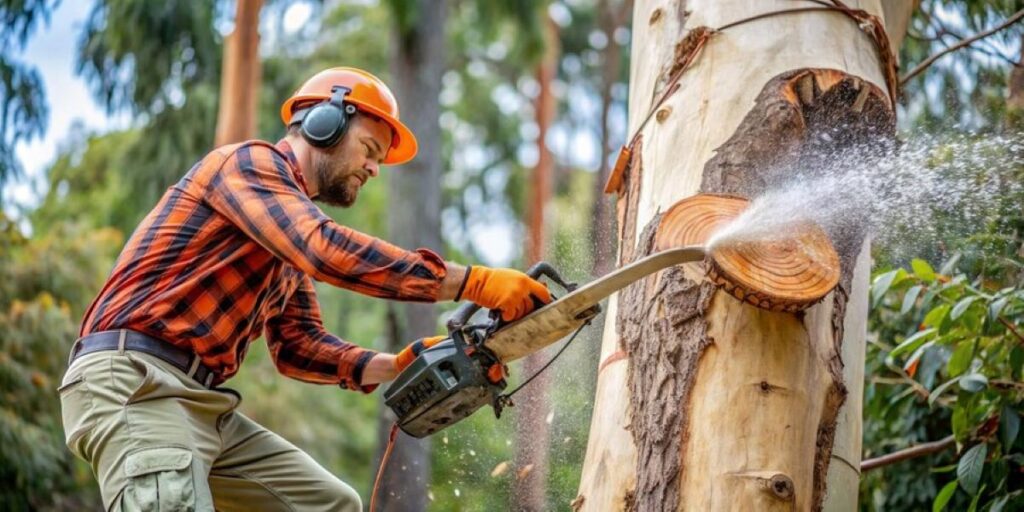
Benefits of Professional Tree Lopping
Tree lopping can be highly beneficial — but only when performed correctly and with care. When done by a certified professional, it can:
1. Prevent Structural Damage
If branches are growing into power lines, roofs, fences, or blocking sunlight into your home, lopping keeps them in check.
2. Improve Safety
Dead or overhanging limbs can pose a real threat during storms or high winds. Removing them prevents accidents.
3. Revive Old or Neglected Trees
Sometimes, a mature tree gets too wild or unbalanced. Proper lopping can rejuvenate it and give it a fresh chance to grow right.
4. Control Invasive Growth
Certain species grow aggressively and need their size managed regularly, especially in smaller yards or urban spaces.
The Risks of Improper Lopping
While lopping can solve problems, it can also create new ones if done without expertise.
⚠️ Over-Lopping Can Stress the Tree
Cutting too many branches at once can reduce the tree’s ability to photosynthesize, leading to poor health or even death.
⚠️ Weak Regrowth
Improper cuts may cause rapid, weak sprouting from the wound site. These new limbs are often poorly attached and prone to breakage.
⚠️ Entry Points for Pests and Disease
Jagged or incorrectly placed cuts can invite fungi, insects, or rot — putting the entire tree at risk.
⚠️ Imbalance and Instability
Without knowledge of tree growth patterns, lopping might lead to structural imbalances that make the tree more likely to fall in the future.
When Should You Prune Instead?
Tree pruning is ideal in these situations:
- Seasonal Maintenance: To prepare trees for winter or stimulate spring growth.
- Deadwood Removal: Eliminating dead, brittle branches that could break off.
- Aesthetic Shaping: Keeping ornamental or fruit trees looking tidy and attractive.
- Improving Tree Health: Removing diseased or insect-damaged parts before it spreads.
Example: If your backyard lemon tree is healthy but has some small dead branches, pruning — not lopping — is the way to go.
When Lopping Is the Better Option
There are cases where lopping is not just helpful but necessary:
- A tree has grown dangerously close to your home or power lines
- Storm damage has left hanging or broken branches
- Large limbs are at risk of falling
- The tree has become too large for its location and is overcrowding your yard
In such cases, hiring a professional arborist for lopping ensures that large branches are removed safely, using the correct techniques and equipment.
Real-World Example: Suburban Tree Overgrowth
Take the example of a suburban homeowner who planted a beautiful gum tree in the backyard 20 years ago. Over time, the tree grew tall and started leaning toward the house. The branches also blocked sunlight to the garden and reached dangerously close to the roofline.
In this situation, pruning alone wouldn’t solve the problem. The solution? A certified arborist was called in to perform targeted lopping, removing key limbs to balance the tree, allow light through, and eliminate risk — all while preserving its health.
Why Hire a Professional for Tree Care
Whether your tree needs lopping, pruning, or both, DIY is not recommended for either unless you have arborist-level training and safety equipment.
Here’s why professionals are worth it:
- Safety First: Tree work is risky. Professionals use harnesses, ropes, and chainsaws with proper training.
- Correct Cuts: They know exactly where and how to make cuts to encourage healthy regrowth.
- Knowledge of Tree Species: Every tree responds differently. What works for one may harm another.
- Clean-Up and Disposal: They’ll remove all debris and leave your yard tidy.
Plus, many towns have legal restrictions on tree work, especially for protected species. Arborists are up-to-date on local regulations and can help you stay compliant.
Final Thoughts: Choose the Right Care for Your Tree
Understanding the difference between lopping and pruning is the first step to taking excellent care of your trees. Lopping is about size and safety. Pruning is about structure and health. Both have their place — but they’re not interchangeable.
Your trees are long-term assets to your property. They need the right kind of attention to thrive. Whether you’re dealing with a storm-damaged gum tree or shaping a decorative maple, choosing the proper method — and getting the right help — can make all the difference.
🌳 Take Action Today
Walk outside. Look at your trees. Are they blocking sunlight, crowding your yard, or showing signs of disease? If you’re unsure whether they need lopping or pruning, don’t guess.
Talk to a certified arborist who can inspect the tree and guide you on the right course of action. Your trees — and your property — will thank you.

